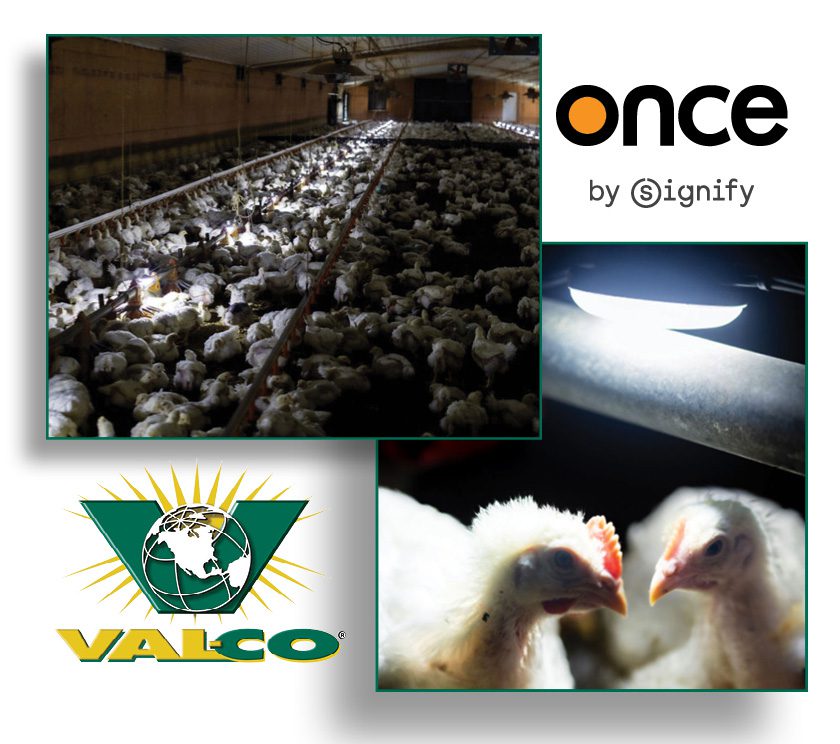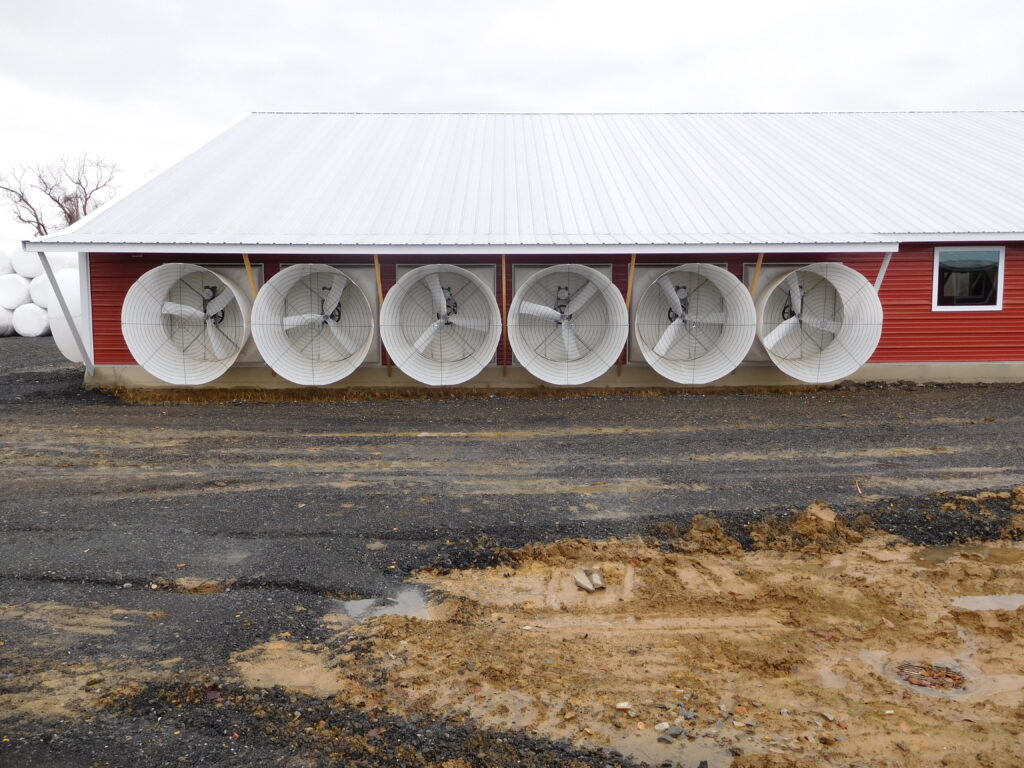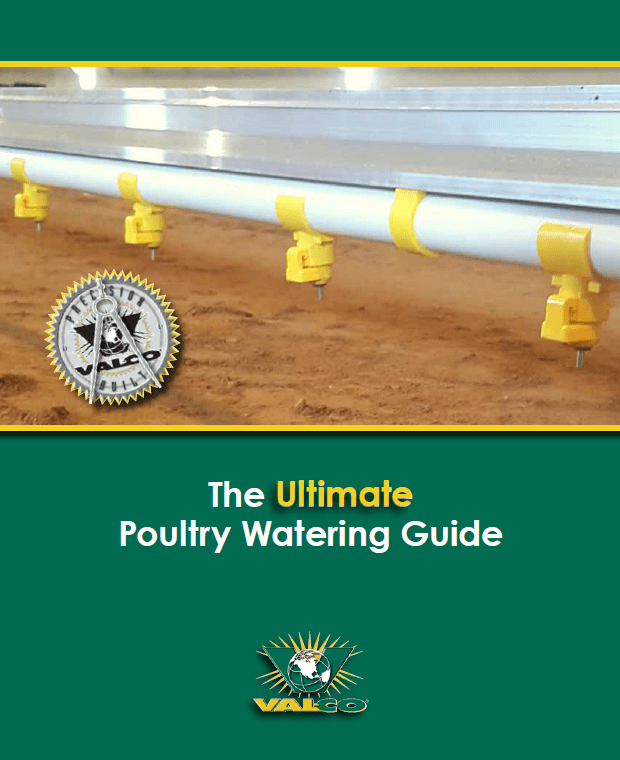Photometric Flicker and the impact on poultry performance
 Photometric flicker is the rapid change in light intensity from a light source and is caused by three effects. The first is light density flicker which is caused by changes to brightness levels caused by a light source such as a bulb, fluorescent tube, or LEDs, powered by alternating current. The second is chromatic flicker which is caused by changing or fluctuating light colors. The third is stroboscopic effect (or disco lighting) which is caused by rapidly repeating light flashes. The flicker is the difference between a minimum and maximum output of light which is known as peak-to-peak amplitude. The frequency in which the light varies is measured in hertz. When the frequency is high enough, a flicker ratio of 100% may not be visible to humans or poultry.
Photometric flicker is the rapid change in light intensity from a light source and is caused by three effects. The first is light density flicker which is caused by changes to brightness levels caused by a light source such as a bulb, fluorescent tube, or LEDs, powered by alternating current. The second is chromatic flicker which is caused by changing or fluctuating light colors. The third is stroboscopic effect (or disco lighting) which is caused by rapidly repeating light flashes. The flicker is the difference between a minimum and maximum output of light which is known as peak-to-peak amplitude. The frequency in which the light varies is measured in hertz. When the frequency is high enough, a flicker ratio of 100% may not be visible to humans or poultry.
Animal scientists have discovered that chickens are highly sensitive to photometric flicker up to a threshold of around 140 hertz. This means that chickens can register almost twice as many frames per second than humans. Therefore, a flicker effect may not be evident to the human eye but could be registered by chickens.
Flicker can physically stress both humans and animals. The body tries to adapt to the flicker but the rapid adaption stresses both muscle and the brain which can happen subconsciously. In poultry, stress symptoms include reduced laying frequency, pecking and lower growth. It is possible that a cause of flicker stress goes back to the origin of poultry where chickens lived in the jungle and were a prey animal, having to constantly be on their guard. It is presumed that a flickering light gives chickens the impression that a predator bird is hovering overhead, therefore a potential threat. The continuous perceived possible threat increases the bird’s stress levels. The consequences of stress are different for each type of chicken and eventually leads to decreasing animal welfare and performance.
Flicker stress can agitate chickens and lead to piling, where chickens clump together for safety. Piling leads to wet letter which can cause footpad lesions and breast blisters, therefore leading to increased mortality. In layers, agitation can trigger pecking and possibly lead to cannibalism. Chickens respond differently to stress, leading to a decrease in uniformity. It can also negatively impact growth in general as stress can result in a decrease in feed intake and a higher metabolic energy usage so it will eventually increase feed conversion rates (FCR). It will also negatively impact egg production in layers.
Lighting is usually powered with alternating mains frequency of 50 or 60 hertz which leads to a ripple frequency of twice as much in terms of light produced ie 100 to 120 hertz. In poultry rearing, lighting with a frequency of 100hz should not have a flicker index value of any higher than 0.6. If lamp brightness in poultry barns is controlled by phase-cut dimmer systems or by electronic current modulation this threshold should be respected. If LEDs are used with a DC voltage setup without significant ripple noise, they will have an almost undetectable flicker value. Most lamps with a periodic lighting ripple frequency above 1000hz can be considered flicker-free. It is important to purchase lighting solutions with a flicker index of 0.0. 100% flicker-free lighting will positively influence animal welfare and performance.




